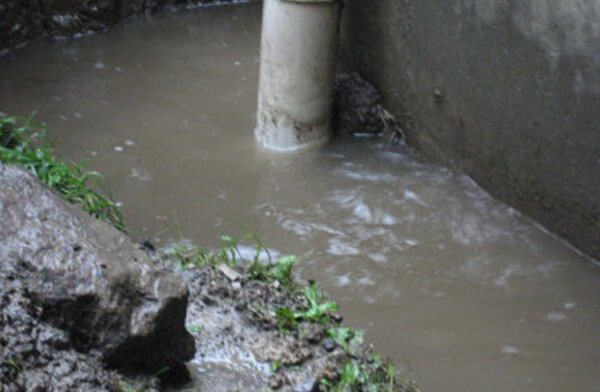Exactly how to Examine If Your Home Has a Concealed Leak
Exactly how to Examine If Your Home Has a Concealed Leak
Blog Article
This article down below on the subject of Locating water leaks is relatively insightful. Don't bypass it.

Early detection of dripping water lines can minimize a prospective disaster. Some small water leakages may not be visible.
1. Check Out the Water Meter
Checking it is a guaranteed means that helps you find leaks. If it relocates, that suggests a fast-moving leak. This means you might have a slow-moving leakage that can even be underground.
2. Check Water Intake
Analyze your water bills and track your water consumption. As the one paying it, you must observe if there are any kind of inconsistencies. If you detect sudden changes, despite your consumption coinciding, it indicates that you have leakages in your plumbing system. Remember, your water expense ought to fall under the same range monthly. A sudden spike in your bill shows a fast-moving leakage.
On the other hand, a consistent boost monthly, even with the very same routines, shows you have a slow leakage that's additionally gradually rising. Call a plumber to extensively inspect your residential property, particularly if you really feel a warm location on your floor with piping below.
3. Do a Food Coloring Test
When it concerns water usage, 30% originates from toilets. Examination to see if they are running correctly. Decline specks of food shade in the tank and also wait 10 minutes. If the color in some way infiltrates your dish during that time without flushing, there's a leakage between the container and dish.
4. Asses Exterior Lines
Don't fail to remember to inspect your outside water lines also. Should water leak out of the link, you have a loosened rubber gasket. One little leak can throw away lots of water and also increase your water costs.
5. Assess the scenario as well as inspect
House owners should make it a practice to examine under the sink counters and also inside cabinets for any kind of bad odor or mold development. These 2 red flags show a leakage so timely focus is required. Doing regular examinations, also bi-annually, can conserve you from a major problem.
If you understand your home is currently old, maintain a watchful eye on your heaters, hoses, pipelines and so on. Look for stainings as well as compromising as most pipelines as well as home appliances have a life expectancy. They will certainly likewise naturally wear away as a result of tear and also use. If you think dripping water lines in your plumbing system, don't wait for it to rise. Call a professional plumber right away so you do not end up with an awful mess in your home.
Early detection of dripping water lines can reduce a prospective disaster. Some small water leakages might not be visible. Examining it is a surefire method that helps you find leakages. One small leakage can waste heaps of water and increase your water bill.
If you presume dripping water lines in your plumbing system, don't wait for it to intensify.
WARNING SIGNS OF WATER LEAKAGE BEHIND THE WALL
PERSISTENT MUSTY ODORS
As water slowly drips from a leaky pipe inside the wall, flooring and sheetrock stay damp and develop an odor similar to wet cardboard. It generates a musty smell that can help you find hidden leaks.
MOLD IN UNUSUAL AREAS
Mold usually grows in wet areas like kitchens, baths and laundry rooms. If you spot the stuff on walls or baseboards in other rooms of the house, it’s a good indicator of undetected water leaks.
STAINS THAT GROW
When mold thrives around a leaky pipe, it sometimes takes hold on the inside surface of the affected wall. A growing stain on otherwise clean sheetrock is often your sign of a hidden plumbing problem.
PEELING OR BUBBLING WALLPAPER / PAINT
This clue is easy to miss in rooms that don’t get much use. When you see wallpaper separating along seams or paint bubbling or flaking off the wall, blame sheetrock that stays wet because of an undetected leak.
BUCKLED CEILINGS AND STAINED FLOORS
If ceilings or floors in bathrooms, kitchens or laundry areas develop structural problems, don’t rule out constant damp inside the walls. Wet sheetrock can affect adjacent framing, flooring and ceilings.
https://www.servicemasterbyzaba.com/blog/how-to-detect-water-leakage-in-walls/

We are very intrigued by Top leak detection hacks and I am hoping you enjoyed my post. So long as you liked our blog entry please be sure to share it. Thanks for your time. Don't forget to come by our blog back soon.
Report this page